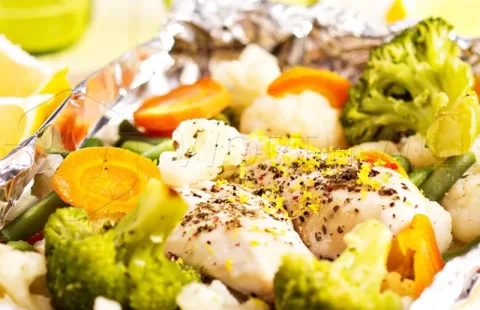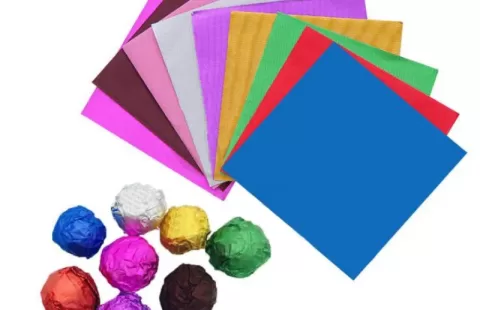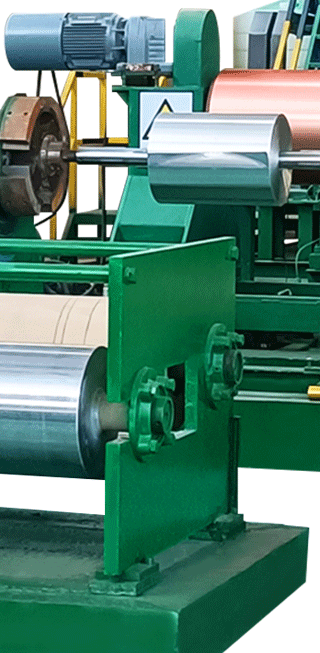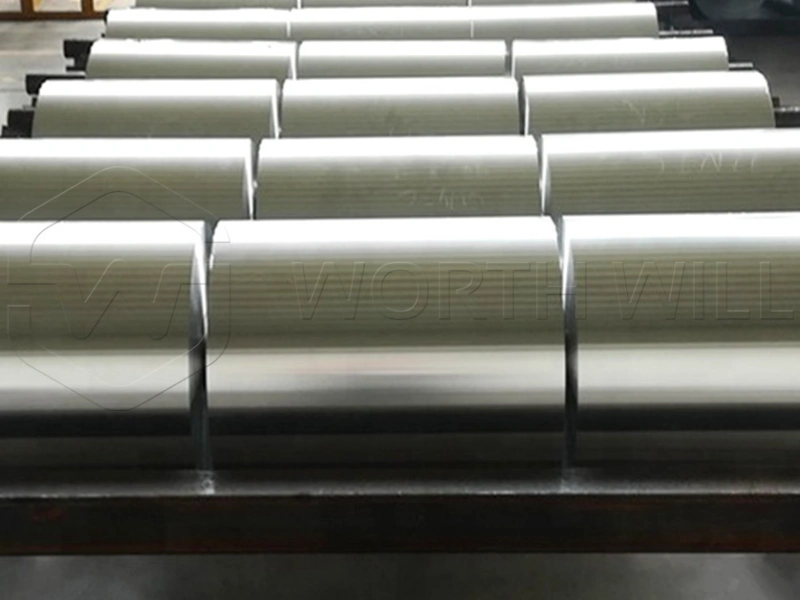
Aluminium Foil Prices
Aluminium foil is an indispensable material in countless households and industries worldwide. Valued for its unique combination of properties—it’s lightweight, impermeable, flexible, and recyclable—aluminium foil plays a crucial role in everything from food preservation to advanced industrial applications. However, anyone who has purchased it recently might have noticed changes in aluminium foil prices.
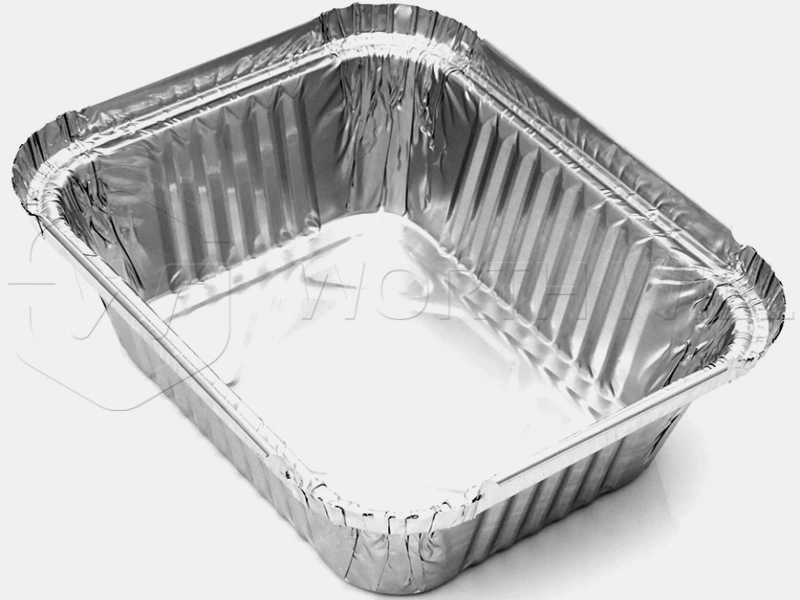
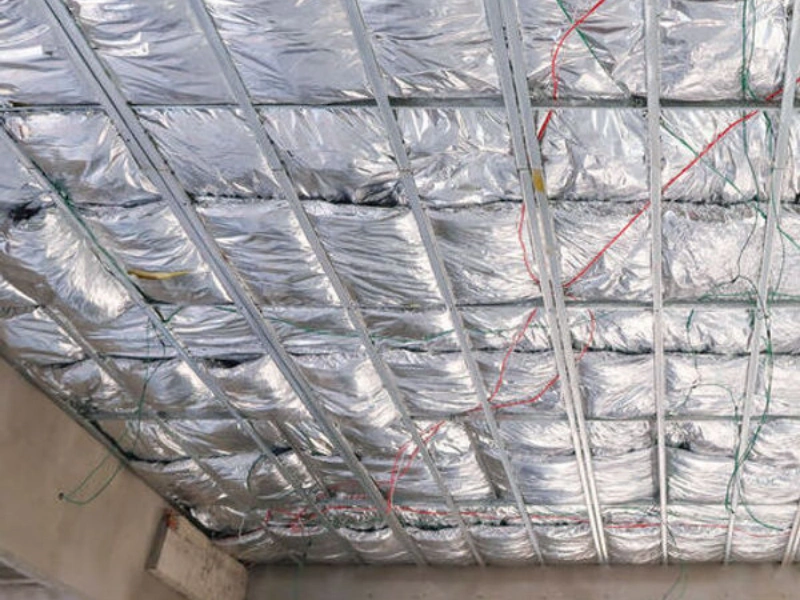
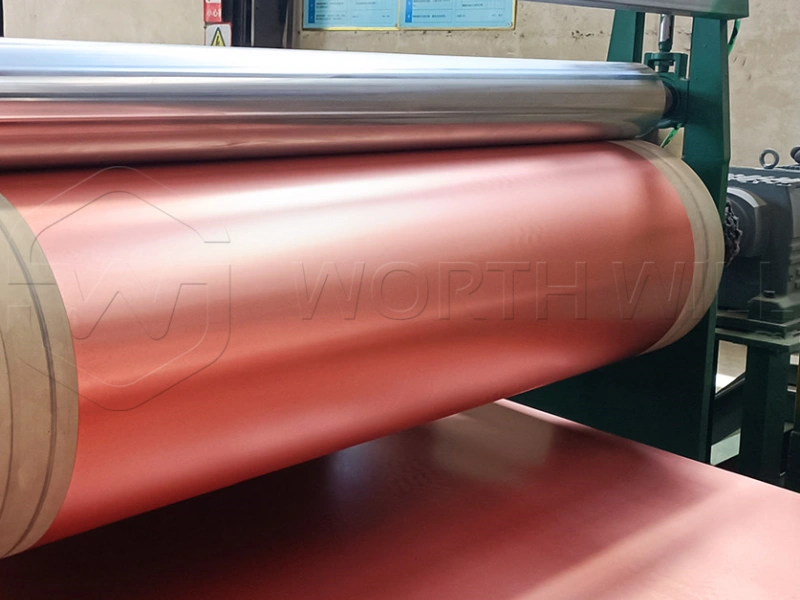
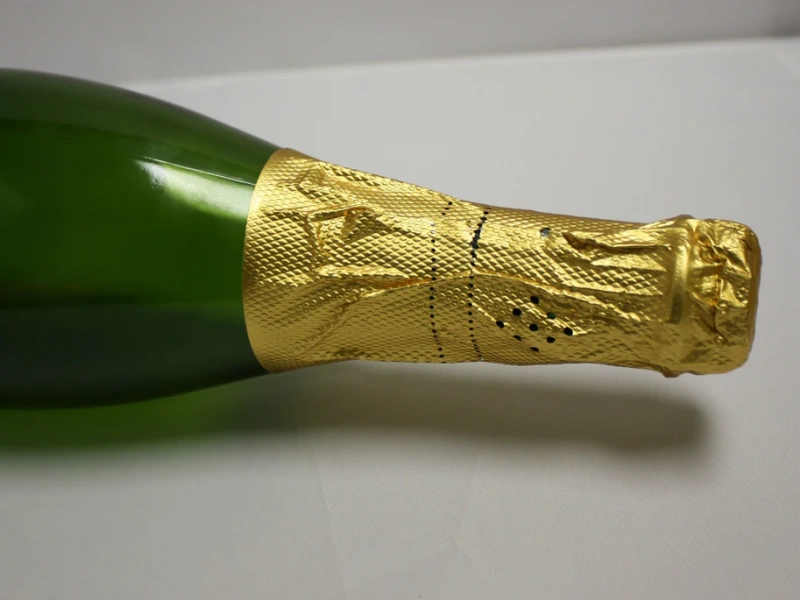
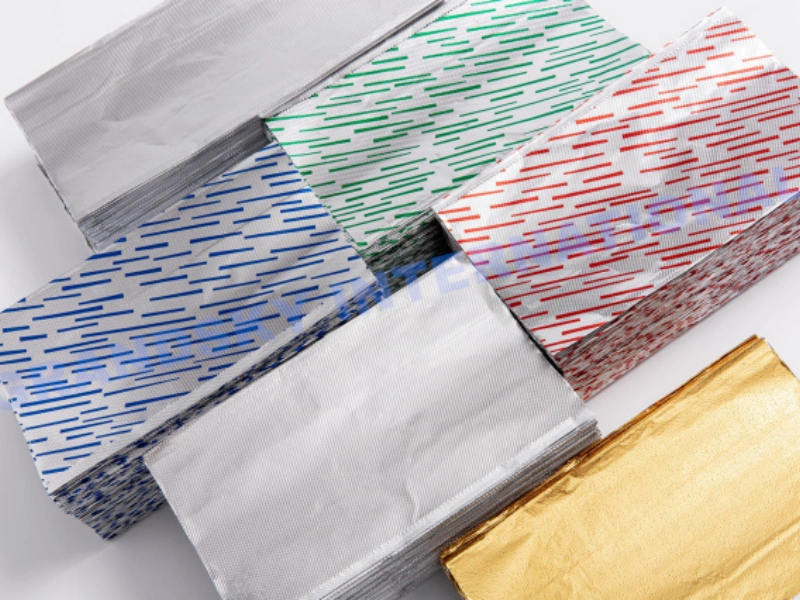
Specification
Aluminium foil is a thin, flexible metal sheet made primarily from aluminum alloy. It is widely used in packaging, insulation, cooking, and many industrial applications.
- Thickness: 6 microns – 200 microns
- Width: 100mm – 1500mm
- Temper: Soft (O), Half Hard (H22), Full Hard (H24, H26)
- Alloys: 8011, 1235, 3003, 8079
- Surface: Mill finish, embossed, printed, or coated
Classification
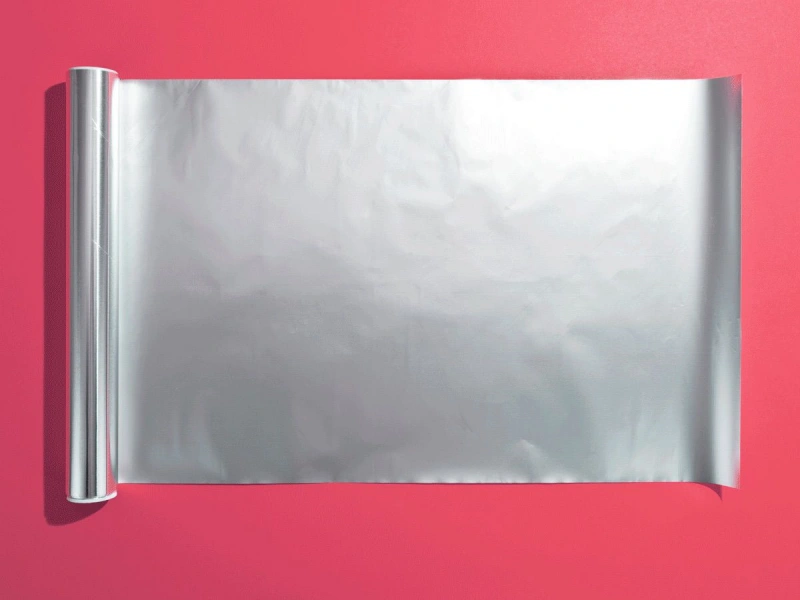
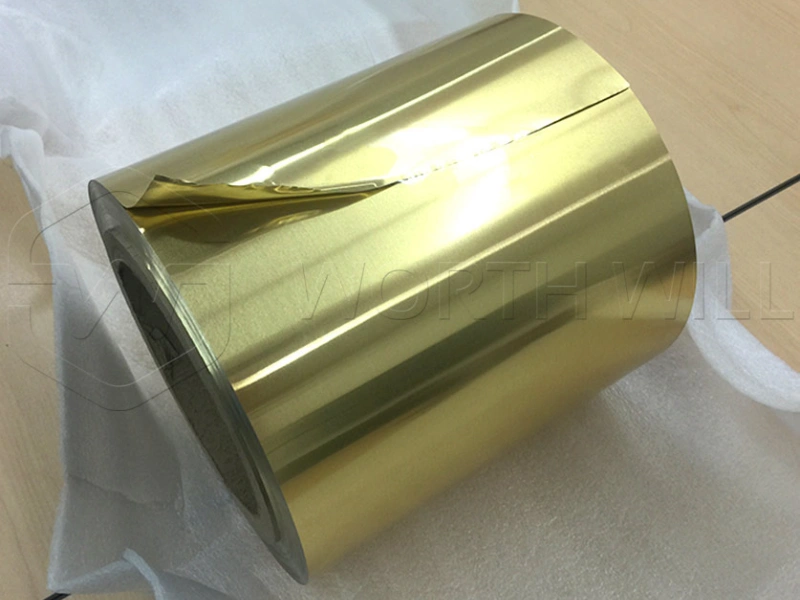


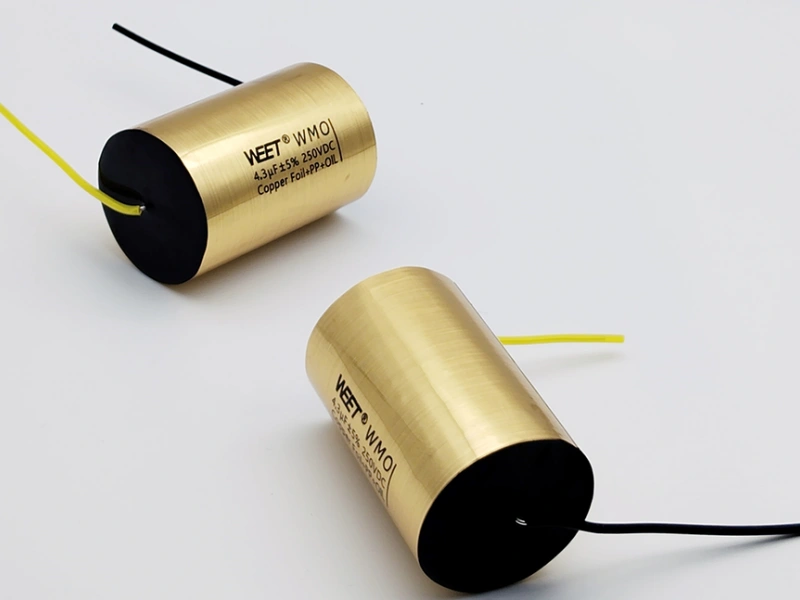
Aluminium foil can be classified based on:
- By Alloy:
- 8011: Most common for household and packaging
- 1235: Used for flexible packaging
- 3003: Industrial applications
- 8079: High barrier properties for pharma foil
- By Usage:
- Household foil
- Food packaging foil
- Pharmaceutical foil
- Cable foil
- Insulation foil
Alloy
Common Alloys and Their Uses:
- 8011-O: Soft temper foil used for household kitchen foil
- 1235-O: Pure aluminum, flexible, used for packaging
- 8079-O: Good strength and moisture resistance, ideal for pharma packaging
- 3003-H24: Higher strength foil for insulation and industrial uses
What is Aluminium Foil?
Aluminium foil is simply aluminum metal rolled into very thin sheets, typically less than 0.2 mm (0.008 inches) thick. Its production involves several stages of rolling aluminum ingots until the desired thinness is achieved. This process gives aluminium foil its characteristic properties: it’s an excellent barrier to light, oxygen, moisture, and bacteria, making it ideal for packaging. It’s also highly malleable, allowing it to be easily molded around objects, and it conducts heat efficiently, which is why it’s popular in cooking.
Why is Aluminium Foil So Expensive Now?
Several interconnected factors have contributed to the recent increase in aluminium foil prices:
- Raw Material Costs: The primary driver is the global price of raw aluminum (aluminum ingots), which is traded on commodity exchanges like the London Metal Exchange (LME). Fluctuations in LME aluminum prices directly impact the cost of producing foil. Increased demand, supply chain disruptions, and geopolitical events can all push raw aluminum prices up.
- Energy Prices: Aluminum production is extremely energy-intensive, particularly the smelting process. High global energy costs (electricity, natural gas, etc.) translate directly into higher manufacturing costs for aluminum, and subsequently, for aluminium foil.
- Supply Chain Disruptions: Like many other industries, the aluminum sector has faced challenges with logistics, transportation, and labor shortages, leading to delays and increased shipping costs. These added expenses are often passed on to the consumer.
- Increased Demand: The pandemic led to a surge in demand for packaged goods and at-home cooking, boosting the need for aluminium foil in both consumer and industrial sectors. When demand outstrips supply, prices naturally rise.
- Environmental Regulations and Production Cuts: In some regions, stricter environmental regulations or power rationing (especially in China, a major aluminum producer) have led to production cuts, further tightening supply and contributing to higher aluminium foil prices.
Specification: Understanding Your Purchase
When sourcing aluminium foil, understanding its specifications is crucial.
Thickness (Microns)
The thickness of aluminium foil is measured in microns (µm), where 1 micron equals 0.001 millimeters. This is a primary factor influencing aluminium foil prices.
- Household Foil: Typically ranges from 10 to 18 microns. Thinner foils are good for wrapping, while thicker ones (heavy-duty) are better for cooking.
- Food Packaging/Lamination Foil: Can range from 6 to 40 microns or more, depending on the barrier properties and strength required for composite packaging.
- Industrial/Technical Foil: Can go up to 200 microns for specialized applications like insulation or electrical components.
What is the price of 40 micron aluminium foil?
The price of 40 micron aluminium foil is significantly higher than thinner household foils due to its greater material content and specialized applications. A 40 micron foil is considered heavy-duty and is often used in industrial packaging, certain food service applications, or for specific insulation needs where a robust barrier is required. Due to market volatility, it’s impossible to give an exact current price. However, its cost would be quoted per kilogram or per roll, and it would be substantially more per square meter than a 10-micron household foil. Aluminium foil suppliers will provide quotes based on current market rates and order volume.
Width and Length
Aluminium foil comes in various widths and lengths. Household rolls are standardized, but industrial aluminium foil suppliers offer jumbo rolls that can be several meters wide and thousands of meters long, which are then slit into smaller widths for specific uses. Larger, customized rolls can sometimes offer better per-unit aluminium foil prices due to economies of scale in manufacturing.
Finish
Aluminium foil typically has two different finishes due to the manufacturing process: a shiny (bright) side and a dull (matte) side. This is a result of the final rolling step, where two layers of foil are passed through the rollers together. The side touching the polished steel rollers becomes shiny, while the inner side becomes dull. For most applications, there is no performance difference between the two sides. Some specialty foils might have a specific finish applied (e.g., coated).
Classification: Types of Aluminium Foil
Aluminium foil can be classified based on its intended use:
- Household Aluminium Foil: The most common type, used for cooking, baking, grilling, freezing, and storing food.
- Food Packaging Foil: Used in laminates for flexible packaging (e.g., coffee bags, snack pouches), bottle caps, and aseptic cartons for juices and milk.
- Pharmaceutical Foil: Often used in blister packaging for tablets and capsules, providing a strong barrier against moisture and light.
- Hairdressing Foil: Specific grades and thicknesses designed for hair coloring applications in salons.
- Industrial/Technical Foil: Employed in various technical applications such as insulation (thermal and electrical), capacitors, cables, and automotive components.
Alloy: The Core of Aluminium Foil
The aluminium alloy used for foil production is carefully selected for its formability, strength, and barrier properties.
Common Alloys for Aluminium Foil
- 1235 Aluminium Alloy: This is a very pure aluminum alloy, making it highly ductile and ideal for rolling into very thin foils. It’s commonly used for household foil, flexible packaging, and some industrial applications.
- 8011 Aluminium Alloy: This alloy contains small amounts of iron and silicon, which improve its strength and puncture resistance. It’s widely used for thicker foils, such as those for food containers, pharmaceutical blister packs, and some industrial applications where a stronger foil is needed.
- 8079 Aluminium Alloy: Similar to 8011 but often used for more specialized applications requiring high barrier properties and deep drawing capabilities, such as pharmaceutical blister foil and certain flexible packaging applications.
The specific aluminium alloy affects the foil’s performance characteristics, including its tear resistance, burst strength, and suitability for different processing methods (like laminating or deep drawing), which in turn can influence aluminium foil prices.
Is Aluminum Foil Scrap?
Yes, aluminum foil is indeed recyclable and considered aluminium foil scrap once used. However, its recyclability depends on its cleanliness and whether it’s part of a composite material.
- Clean Aluminium Foil Scrap: Clean foil, such as unused scraps from packaging or large pieces from cooking that are free of significant food residue, can be readily recycled. It’s highly valuable scrap metal.
- Used Aluminium Foil: Used household foil with food residue (like baked-on cheese or heavy grease) can be more challenging to recycle through standard municipal programs, as food contamination can interfere with the recycling process. However, many facilities do accept balled-up, relatively clean foil. It’s best to check with your local recycling guidelines.
- Laminated Foil: When aluminium foil is bonded to other materials like plastic or paper (e.g., in juice boxes or some snack bags), it becomes a multi-material composite. Recycling these composites is more complex and requires specialized facilities, making them less likely to be recycled through conventional channels.
The recycling of aluminium foil scrap saves significant energy compared to producing new aluminum from raw bauxite ore, making it an environmentally friendly choice.
Does Dollar Tree Sell Aluminum Foil?
Yes, Dollar Tree typically sells aluminium foil. Stores like Dollar Tree often stock basic household aluminium foil rolls, usually in smaller sizes and thinner gauges compared to what you might find at a larger supermarket. These rolls are generally designed for light-duty household use, such as wrapping sandwiches or covering dishes. While they offer a very budget-friendly option, consumers should be aware that the thickness and strength might be less than premium brands or heavy-duty foil options available elsewhere. The aluminium foil prices at such discount stores reflect their focus on affordability.
Applications of Aluminium Foil
The versatility of aluminium foil makes it indispensable across numerous sectors:
- Food Industry:
- Wrapping and preserving food (household and commercial).
- Baking, roasting, and grilling.
- Container lids for dairy products and yogurts.
- Flexible packaging for snacks, confectionery, and processed foods.
- Aseptic packaging for beverages and soups.
- Pharmaceutical Industry:
- Blister packaging for pills and tablets, protecting them from moisture, light, and contaminants.
- Strip packaging for medical devices and supplies.
- Seals for medicine bottles.
- Cosmetics Industry:
- Packaging for creams, lotions, and masks.
- Hairdressing foil for coloring and highlighting.
- Industrial & Technical Applications:
- Thermal insulation in buildings, HVAC systems, and pipes.
- Electrical capacitors and cable shielding.
- Heat exchange fins.
- Automotive components (e.g., heat shields).
- Sound insulation in various applications.
- Other Uses:
- Art and craft projects.
- Cleaning and polishing (e.g., sharpening scissors).
- Gardening (pest deterrent).
Conclusion
Aluminium foil remains a powerhouse material, offering an unmatched combination of barrier properties, flexibility, and light weight. While recent surges in raw material and energy costs have influenced aluminium foil prices, understanding the underlying factors—from the aluminium alloy used to the thickness and finish—empowers consumers and businesses to make informed purchasing decisions. Whether you’re assessing the cost of 40 micron aluminium foil for an industrial application or simply looking for the best value for household use, knowing the nuances of this remarkable product will help you secure the right aluminium foil to meet your needs effectively and economically. Remember, aluminium foil scrap can also be recycled, contributing to a more sustainable future.
Leave a Comment
You must be logged in to post a comment.

